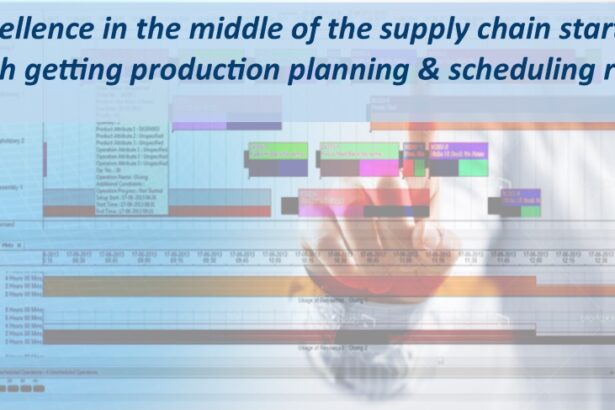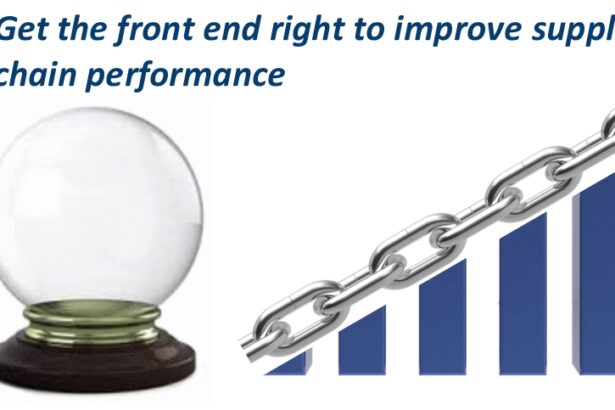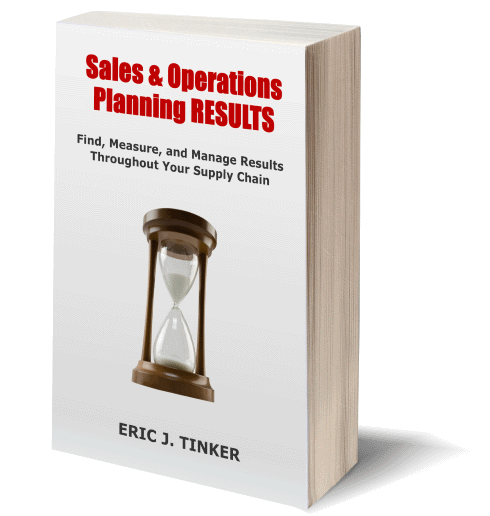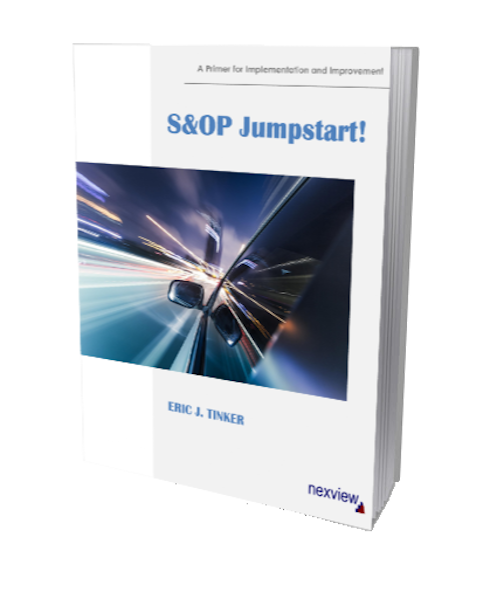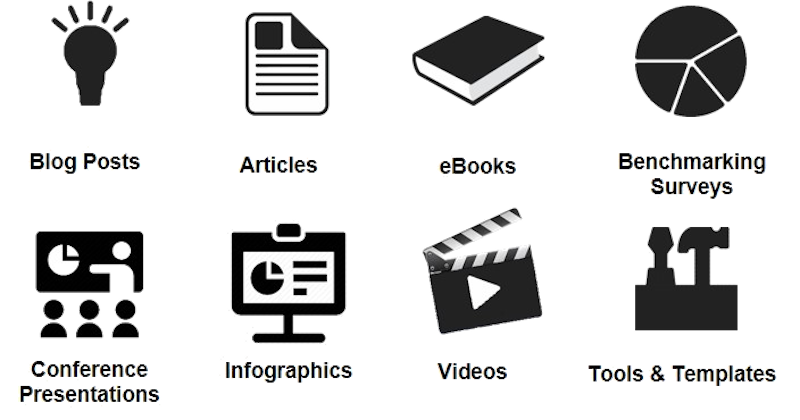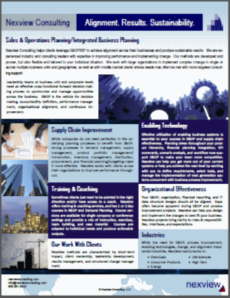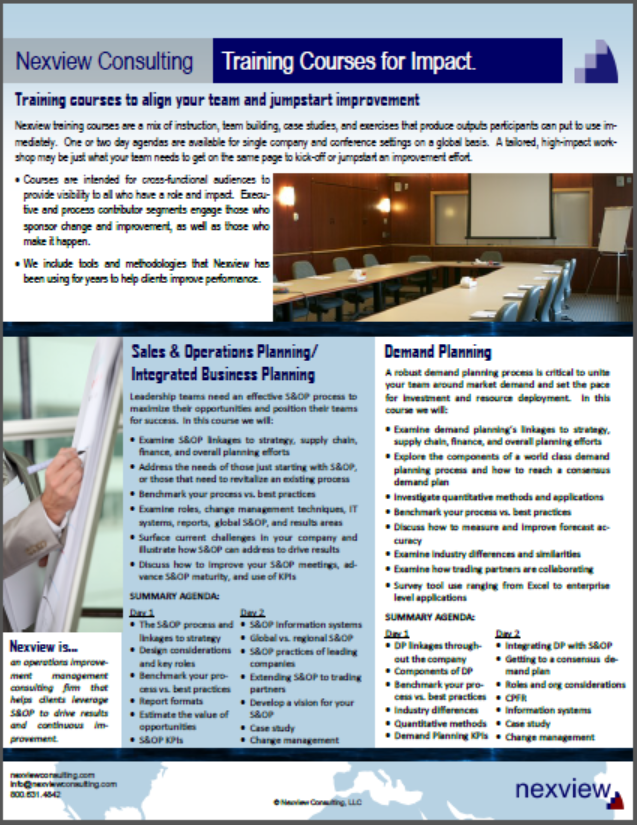Getting Sales On-Board with Demand Planning – Part 1 of 4, Process

Many of us who’ve implemented, improved, or managed a demand planning process have struggled to get Sales to commit to, and participate in the process to the degree that we’re looking for. We often hear things like:
“I need to spend my time selling.”
“This is taking time away from my customers.”
“Our business is different, it can’t be forecasted, it’s too unpredictable.”
While Sales input is certainly not the only input to the demand plan, it is a critical one, and their leadership in demand planning is not only important to getting a good forecast, but also when Sales leadership is necessary for S&OP.
In this 4 part blog series, I’ll discuss specific strategies and examples to improve Sales engagement and ownership in the demand planning process. I’ll release the posts a couple weeks apart and organize them around process, enabling technology, organizational considerations, and change management. I’ll weave in the themes of making it “easy” for sales (at least to the extent possible), value-add to the business, and continuous improvement throughout. I’ve structured the sections in this order as it’s often the best sequence to conduct a process improvement effort. Please consider the following.
- Process – What is the process needed to meet our business requirements? Start with this.
- Enabling Technology – How are we going to conduct the process on an on-going basis and scale it to handle a complex business situation?
- Organization – Who should be doing what at what level? Where should the hands-off be? Who’s accountable? How is success measured?
- Change Management – We’re thinking of this throughout. Think of tangible (e.g. metrics, defined accountabilities) and intangible methods (e.g. coaching).
Let’s start by emphasizing that when getting Sales involved, it’s important to make things as easy as possible for them. Salespeople are under constant pressure to deliver sales growth and results or likely face the pink slip. It is different from many jobs that have a constant stream of work that will be there and needs to get done. Use their time sparingly. Having said that, of course the forecast is critical and we need them for it.
Sales should be starting with the base forecast (i.e. statistical) with perhaps some other inputs from the Demand Manager(s) (e.g. history, promotional lift, macro effects, POS data, other demand streams). Sales needs to make incremental changes, not build something from scratch each month. Show them the whole process and what everyone else is doing to contribute their parts (more on this later). Illustrate to them that they aren’t the only ones who are working this.
Sales should not forecast all items. I’m talking about Demand Segmentation here, meaning that SKUs can be forecasted using different methods based on their volume and variability. Sales should only forecast items with high coefficients of variation (Standard deviation/Mean). I often suggest a rule of thumb to start with is that values above 50% are “high”, but it’s relative to the variability of your overall data set. (I’m interested in hearing others’ thoughts on this.) The point is to ask Sales to provide input on items of relative high importance and variability, not the ones where the statistical forecast is good enough.
The process needs to be well-defined, spell it out. The process needs to be easily understood and key dates put on a visible calendar. Who does what by when, full clarity even a teenager could follow. One salesperson should be able to explain it to another on an elevator ride and refer them to the simple documentation/training material, associated RACI chart, and timeline. Don’t assume publishing an email on this will do the trick, it won’t.
Only ask for the level of detail and horizon that the business really needs. What are you really doing with SKU/location forecasts 24 or 36 months out? Sales input is more tactical (usually a few months). Sales executives and Marketing should be building upon the base forecast (among other inputs) with higher/S&OP level forecasts for the out months of your demand and financial planning horizon.
Define how sales should interface with their customers to provide forecast inputs. This topic is too large for our discussion here, but I’ll make the cursory point that if it’s not specified and shared across the salesforce, you will get a hodge-podge. A specific strategy often needs to be developed by channel or customer segment.
Let them know that the process is open to change. Nothing about any process should ever be sacred or forever. Be open to input and include Sales’ input when you can. Sales should hear that they can change things as part of the cross-functional team process. We’ll talk more about this in Part 4. The process needs to be grounded in the requirements though, so “we’re not doing this” isn’t a viable change they could suggest. Expectations for process evolution should be well-communicated so it becomes part of a performance improving culture.
In Part 2 – We’ll discuss enabling technology and considerations to ensure tools are user friendly for Sales. In Parts 3 and 4, we’ll look at the people aspects – tips for organizational design and techniques for change management.
Here’s what others are saying on this topic
We’ve also got a discussion going in the Institute of Business Forecasting’s LinkedIn group, feel free to jump in!
See the full article in Supply Chain Quarterly that also covers items related to information systems, organization design, and change management.


